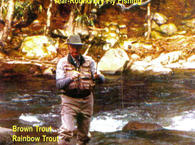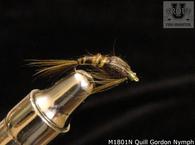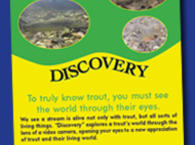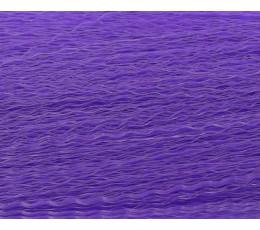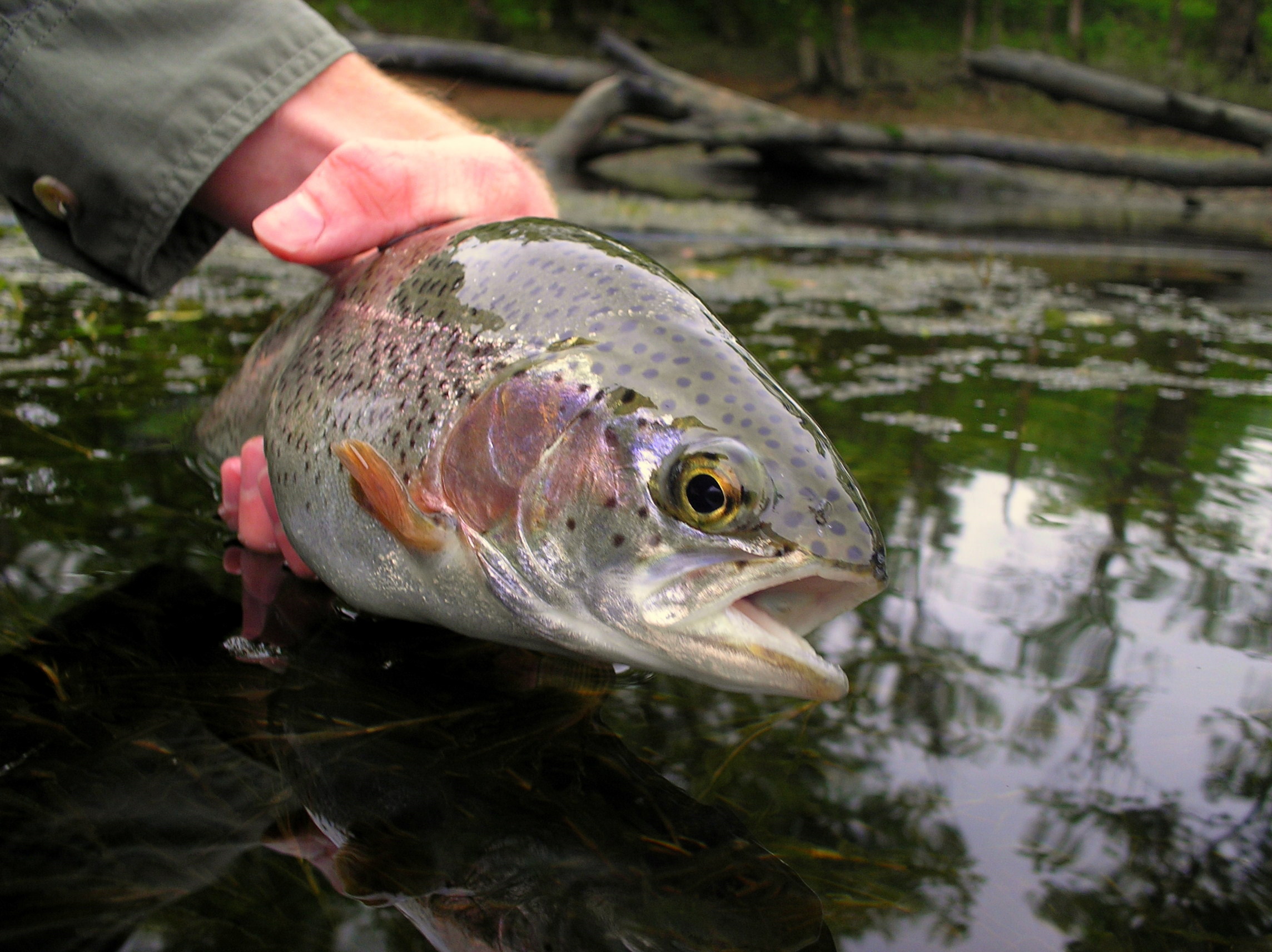
The Weber River begins in the Uinta Mountains at the base of the Bald Mountain, Notch Mountain and Mount Watson. The Weber enters Rockport Lake then turns north picking up the tributaries of Silver Creek and Chalk Creek, before it flows into the Echo Reservoir. After leaving Echo, it passes Henefer and Morgaan before it picks up the water from East Canyon Creek. Finally, it merges with the Ogden river before reaching the Great Salt Lake where it has a big impact on the lake.
The Weber River is a highly productive tailwater stream near the Wasatch Front and is very popular and is indeed similar to the Provo River which is also a tailwater fishery. Being a tailwater stream, the Weber can be fished the entire year since the discharges from the dams keep the water at a constant temperature. The water is cool during the summer and relatively warm during the winter months.
The tailwater below Rockport Lake is prime brown trout water and the tailwater below Echo Reservoir is also a good fly fishing area. The constant water temperature and the favorable Ph contribute to an excellent and diverse population of aquatic insects which in turn supports a healthy trout population with many trout in the 16 to 18 inch range.
The upper portion of the Weber is somewhat slower with some riffles and some pools, while the lower portion is a little faster. Much of the Weber flows through privately owned waters, there are some public walk in access areas. However, it is noted that caution must be used when wading because the water level is subject to the water releases from the dams and the levels can change rapidly.
The Utah Division of Wildlife Resources has an excellent web site for the Weber River where you can learn about the different sections of the Weber, including the locations and the directions to the access points, the water characteristics, regulations and bait restrictions. For that reason, there is no need to provide them in this report. Simply go HERE for an interactive map and click on the highlighted points for detail information about each access point.
Fly Fishing in Spring:
Blue-winged olives that hatch from March through mid May and the March Browns hatch from April into middle June, followed by the Quill Gordons hatching from mid May into June. Little Black Caddis (Mother's Day Grannoms) hatch from late April into July. Little Brown stoneflies will start to hatch in May and continue through July. Remember that flies representing the best imitations of the aquatic insects can be found at Troutprostore.
Fly Fishing in Summer:
Green Drakes hatch from mid June through July and Small Western Green Drakes (flavs) hatch from late June into mid August. Yellow Quills and Ginger Quills hatch from July through August. Several species of Spotted Sedges and Little Sister caddis hatch from May through September. Golden Stoneflies hatch from June into late July and the Little Yellow Stoneflies hatch from June through August. Imitations of grass hoppers, ants and beetles will be productive all summer and into early fall.
Fly Fishing in the Fall:
The Green Sedges hatch from July through September. The Mahogany duns hatch in September and October and Tricos from July through September. Streamers imitating scuds and sculpins will be productive during the summer and fall and into winter. The brown trout will be spawning dueing the fall offering an excellent opportunity.
Fly Fishing in Winter:
Little Winter Stoneflies hatch from February into April. Midges will be active through the entire year and nymphs will do well just about any time but especially winter.
Hatch information is provided above in the seasonal information.


